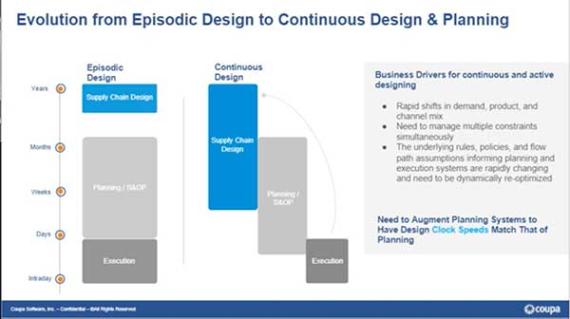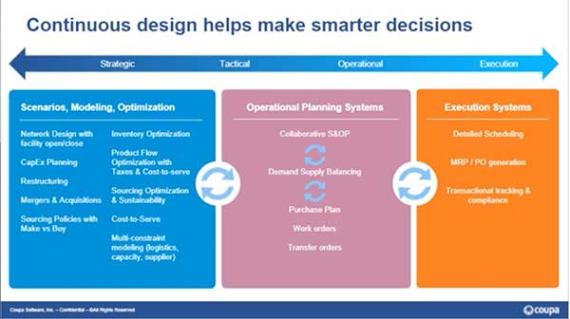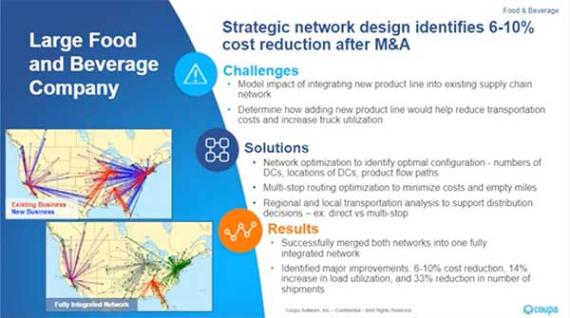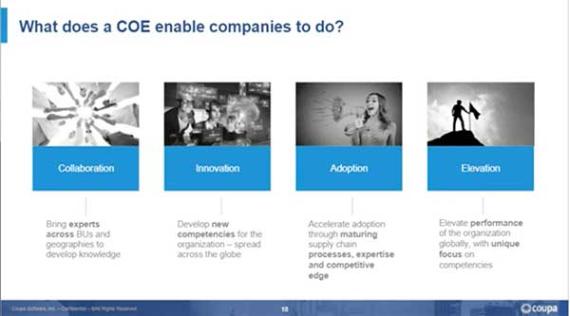Outsmart Disruption – Protecting and Future-Proofing Your Supply Chain
Watch this on-demand webinar to discover new ways to build resilience in your supply chain via intelligent decision-making and a continuous design process.
New ways to protect and future-proof your supply chain from disruptions
Watch this webinar to learn:
- How continuous supply chain design helps address rampant supply chain disruption
- Exactly what continuous supply chain design is
- The maturity levels in supply chain management
- Supply chain design competencies that are critical for a resilient and agile supply chain
Supply chains have been hit hard with multiple crises and disasters in recent years. Protecting and future-proofing your supply chain from disruptions requires rethinking the least-cost and overly lean strategies that have dominated global supply chains for decades. Increasingly, organizations are evaluating their supply chains to remain relevant during an era of ever-changing conditions across the supply chain.
In this session, 5 time SDCE Supply Chain Pro to Know, Nari Viswanathan from Coupa, covered new ways to build resilience in your supply chain via intelligent decision-making and a continuous design process. Also included was a supply chain maturity model to help guide your respective company’s continuous design process.

FAQ




